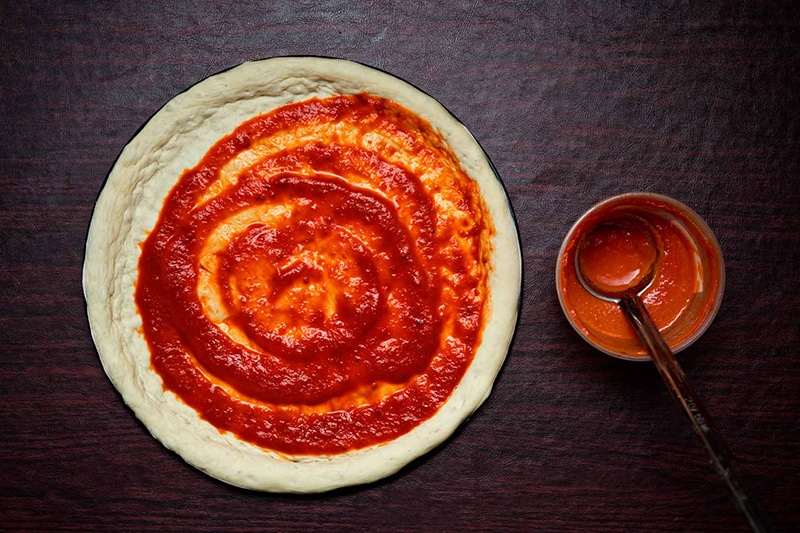Balanced Meals Made Simple
By feeding your toddler balanced meals, you’re giving them the nutrition and structure they need to develop healthy eating habits. But different family members like different foods, and everyone’s busy (especially you!), so it’s easy to let your good intentions slide.
Fortunately, serving balanced meals isn’t as difficult as it sounds. These practical tips help make it simple.
In this article:

Plan and prep meals ahead of time
- Take time on the weekend or during the evening to decide what you’ll serve in the days ahead.
- Make a list before heading to the grocery store.
- Cut down on dinnertime prep time by doing some of the work the night before or that morning. Think chopping veggies, washing fruit or setting out all your pantry ingredients (like olive oil, spices, brown rice, etc.).

Serve from each food group
Serve one or more foods from each food group, at least at dinner. For example:
- Fruits: blueberries, bananas or canned fruit packed in 100% juice or water (not syrup)
- Veggies: frozen steamed veggies (microwaveable steam-in-bag or on stove top), no-salt-added canned veggies
- Whole grains: whole-wheat noodles, brown rice, whole-wheat bread, rolls or tortillas
- Proteins: boneless, skinless chicken; lean ground beef or turkey; no-salt-added canned beans; eggs
- Dairy: milk is great at meals, but limit it to 2 to 3 cups a day. Cheese and plain yogurt are great options, too.

Make meals appealing
Variety goes a long way to making your food look as tempting as it tastes. Veggies and fruits are a great way to add color and texture to meals—and more color means more nutrients!
Most young kids prefer small portions of several different, colorful foods on their plate. Variety also gives them plenty of choices—all of them good!

Plate-up nutritious foods
Our top serving suggestions:
- Slice food into small pieces to help your toddler learn to feed themself.
- Put just a spoonful of each food on your toddler’s plate so they're not overwhelmed.
- Let them choose whether to ask for more of any food on the table.
- Avoid putting anything on the table you don’t want them to eat.

Offer everyone the same meal
If your toddler refuses to eat, resist the urge to be their short-order cook. You are too busy for that! Plus, being a short-order cook can encourage picky eating. It teaches your toddler that they're not really expected to eat what you prepare and that complaining will ultimately get them what they want.
Your child’s body is naturally programmed to eat right. When you consistently plan and serve balanced meals, you’re giving your child the structure they need to decide how much to eat—and to enjoy the same healthy foods their parents eat.


